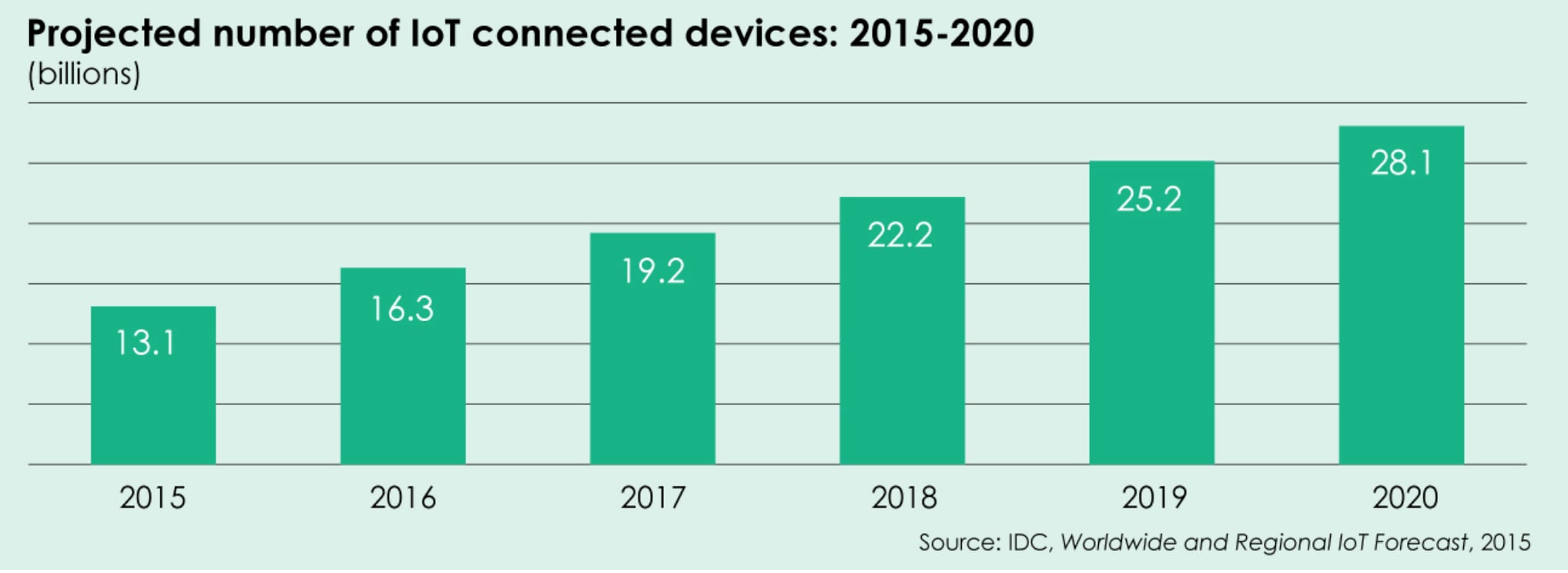By Daniel Dobrygowski
 Daniel Dobrygowski is Head of Governance and Policy, Global Centre for Cybersecurity, World Economic Forum. Governments are attacking civilians in a time of peace, according to Brad Smith, President and Chief Legal Officer of Microsoft, at the RSA cybersecurity conference in San Francisco on 17 April 2018. These attacks aren’t with tanks and warplanes, but with bytes and bots and they are aimed at our energy grids, our infrastructure, and even our private financial and other information. We’ve increasingly seen reports of cyber incursions, attributed to nation-states, into critical infrastructure and financial systems. We’ve seen further attempts to affect countries’ internal political institutions. Nations have also been reported to be stockpiling software and network vulnerabilities, purportedly to use for espionage or in the event of an internet-enabled conflict.
Daniel Dobrygowski is Head of Governance and Policy, Global Centre for Cybersecurity, World Economic Forum. Governments are attacking civilians in a time of peace, according to Brad Smith, President and Chief Legal Officer of Microsoft, at the RSA cybersecurity conference in San Francisco on 17 April 2018. These attacks aren’t with tanks and warplanes, but with bytes and bots and they are aimed at our energy grids, our infrastructure, and even our private financial and other information. We’ve increasingly seen reports of cyber incursions, attributed to nation-states, into critical infrastructure and financial systems. We’ve seen further attempts to affect countries’ internal political institutions. Nations have also been reported to be stockpiling software and network vulnerabilities, purportedly to use for espionage or in the event of an internet-enabled conflict.
All of this points to a building problem – even if some claims of cyberwar are overblown (and notions of a looming ‘cyber-geddon’ almost certainly are), the rapid adoption of new technologies as mechanisms of statecraft creates ambiguity and gives rise to new risks that we need to understand. The first step is to be clear about what cyberwar may look like and what governments, institutions, companies and citizens can do about it.
What is a cyberwar?
The reason that cyberwar has led to such alarm is that it is new and ambiguous. As with many new technologies, we lack the norms and mutually accepted definitions that drive clarity in intentions, actions, and consequences. There is even significant controversy among leading nations regarding whether the law of armed conflict even should be applied to activities on the internet.
Muddying the waters further, espionage, crime, and hactivism have all been lumped together, in a way that they are almost never combined in the physical space, and defined as cyber war either out of semantic lassitude or to magnify the supposed threat.
In order to take the potential threat of cyber war seriously, we should recognize that not all detrimental activity online need be called “cyberwar” just as not all actions between states are defined as “war”.
A reasonable definition must take into account specific vectors for and locations of aggression as well as the intended results – “cyberwar” is not crime, it is not espionage, it is not propaganda and it is not terrorism.

Thanks of the ambiguity in this area, definitions of cyberwar tend to be vague descriptions of “damage to computers or networks” – another way of saying “things we’d prefer not be done on networked space”. These notions are too vague and lack sufficient descriptive rigour to be of help – a more specific definition of the aggressive action we seek to avoid is necessary.
The term “cyberwar,” therefore, is best understood to refer to an act of aggression, committed through a digital network, meant to cause damage in the real world, either to civilian or military targets, in order to force a sovereign state to act or refrain from acting.
As a corollary, the actor here must be another state, since similar actions by an individual would likely be called cyber terrorism in the same way that a non-state actor who attacks a nation’s physical assets is termed a terrorist, regardless of the weapon used.

Are we engaged in cyberwar?
It helps to examine actual instances of aggression in the digital space to put cyberwar into context. The most successful versions of cyberattacks that we know of are Stuxnet, used against Iran, and the NotPetya attack on Ukraine.
Stuxnet, a computer worm, was the first widely-known example of malicious code actually causing real-world damage (albeit minor). Unlike the previous instances of digital incursions, Stuxnet was actually meant to have an effect similar to what a nation would once have used kinetic warfare to do: knock out an enemy’s infrastructure or weapon-making capacity. Because of the sophistication of the malware and its clearly geopolitical, rather than criminal, purpose, this attack has been attributed to a nation-state (or multiple nations acting together).
Another example of warlike code is the NotPetya “mock ransomware” attack that devastated Ukrainian businesses. At first, this attack seemed to be a sophisticated ransomware operation – where criminals take control of an organization’s network and threaten to erase or encrypt critical data unless they receive a pay-off. However, because NotPetya went straight to damaging systems and deleting data, rather than waiting for a pay-out or stealing data, the malware is viewed by most researchers as a weapon in the ongoing military conflict in Ukraine.
Other famous instances that recur in the cyberwar conversation, like the 2007 cyber aggression against Estonia attributed to Russia or alleged Chinese intellectual property hacking and theft in the United States, are really more akin to vandalism and espionage in their methods and effects.
While all these cyberwar and potential-cyberwar examples may be rather minor, compared to kinetic or traditional warfare, they are signals of a troubling turn in nations’ cyber-statecraft.
First, these attacks – hard to attribute, borderless, and sudden – show how cyber threats erode sovereign power. After all, from the Treaty of Westphalia to the digital age, sovereigns have some very basic, unchanging attributes. At the very least, these attributes include the ability to secure a nation’s borders and to have some modicum of control of the activities within those borders. An aggressor’s ability to launch attacks through borderless networks, which cannot be intercepted or prevented, calls these attributes and therefore sovereignty itself into question.
Secondly, the use of digital networks as an attack vector significantly threatens innovation. After all, the internet has been an unparalleled engine for growth in the Fourth Industrial Revolution but real, or imagined, cyber threats use these same networks.
The temptation, then, is to limit connectivity or to set up networks of walled gardens in an attempt to ensure better control or security.
What can we do about it?
First, it is important to have some perspective on the risk itself – most of the attacks that hurt ordinary people, institutions, firms, and organizations are motivated by crime, rather than geopolitics. Therefore, supporting a trusted and safe internet goes a long way toward alleviating the worst and most common risks. Additionally, the same internal governance, cyber hygiene and other good practices are effective against most threats regardless of the actor – whether in a time or war or a time of peace, one must close his door and avoid inviting thieves in.
The World Economic Forum’s Global Centre for Cybersecurity is dedicated to building the partnerships, tools, and capabilities necessary to meet cyber threats, regardless of their source. The Centre will act as a force multiplier against cybercrime especially, as well as provide a shared space to understand new threat vectors like IoT as well as new tools like AI so that we can protect against criminal or weaponized uses. The Centre is also a neutral platform for governments to work with the private sector to shape cybersecurity governance.
Importantly, there are a host of efforts to create a culture of security and trust and to bolster or develop norms against cyberattacks that have so far been lacking. It is important for all actors – governments, companies, and citizens – in this space to take part in shaping our shared digital culture and norms together.
After all, digital spaces, lacking borders and with guarantees of anonymity and concomitant attribution problems are naturally rife with the potential for misunderstandings, especially between adversaries who may not be fully apprised of what other militaries’ secret hackers are up to.
The more that we can do to improve security generally, to stop cybercrime and thereby decrease the signal-to-noise ratio for attribution, and to work together to shape norms against using digital networks as arenas of combat, the less likely cyberwar will be.

No comments:
Post a Comment